Northrop Grumman and United Launch Alliance successfully performed a crucial rocket motor test for ULA’s next-generation rocket, Vulcan Centaur, in preparation for a debut launch later this year.
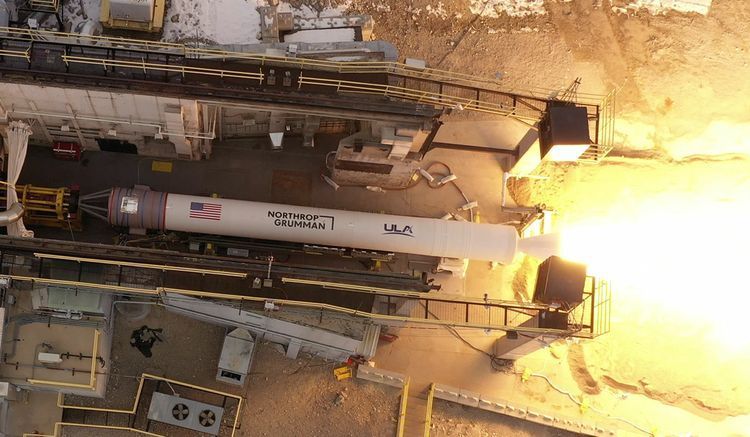

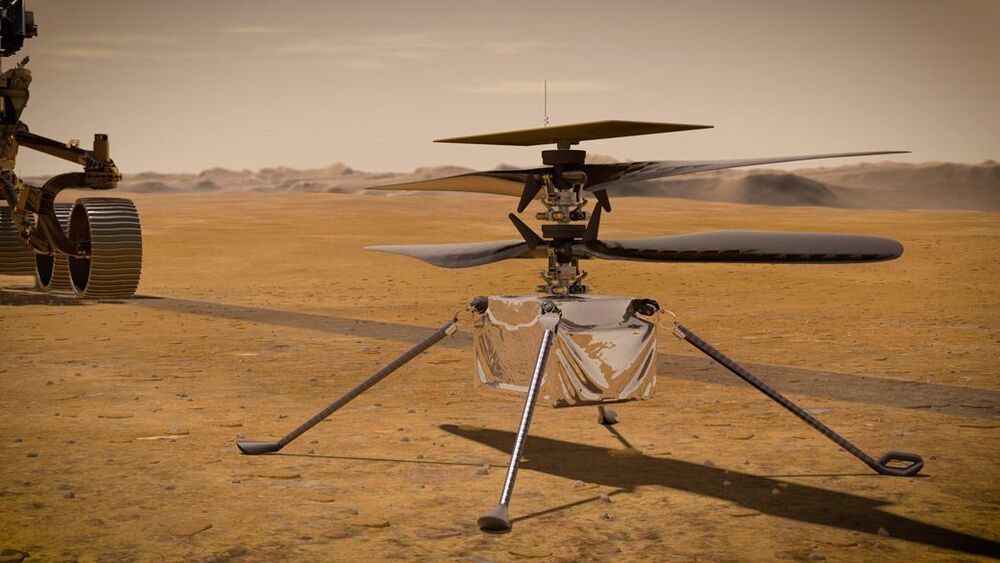

Property rights of some type are needed in space to establish reliable operations based there, Yet the 1967 Outer Space Treaty is a huge challenge to this. See the countries that did not sign the 1967 outer space treaty, Credit to the L5 Society for stopping the moon treaty, See an introductory talk on what we can do about this. Also see that Asgardia was NOT the first space nation!
You can support Galactic Gregs by supporting the sister channel Green Gregs by clicking the links below:
See the Special Deals at My Patriot Supply (great space mission food): www.PrepWithGreg.com.
For gardening in your space habitat (or on Earth) Galactic Gregs has teamed up with True Leaf Market to bring you a great selection of seed for your planting. Check it out: http://www.pntrac.com/t/TUJGRklGSkJGTU1IS0hCRkpIRk1K
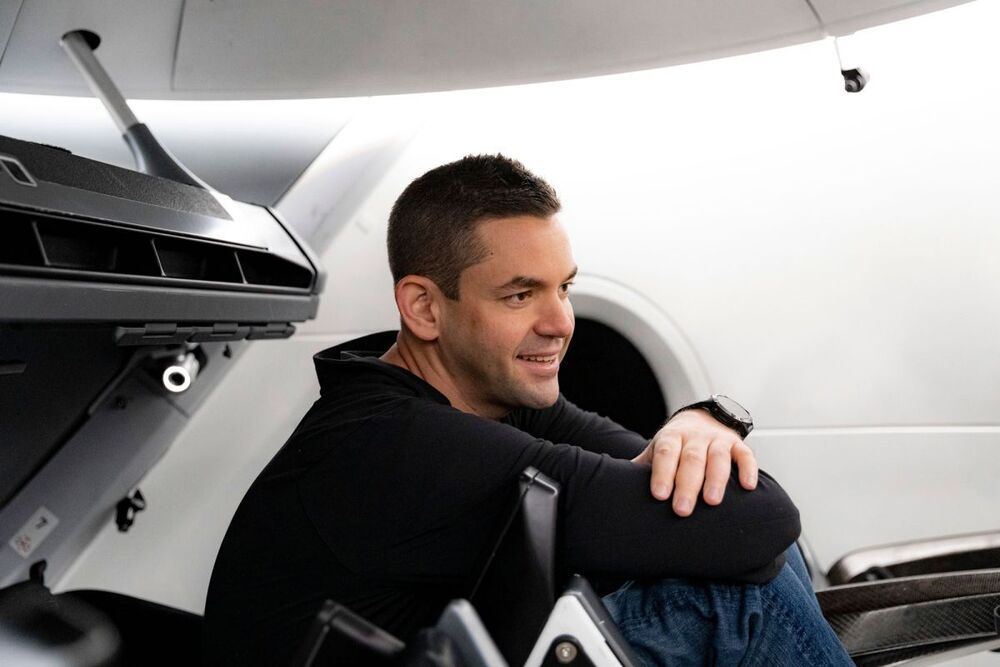
The 37-year-old Isaacman, who’s also an accomplished pilot, will command the four-person “Inspiration4” mission aboard a SpaceX Crew Dragon capsule, he and SpaceX announced today (Feb. 1). There will be no professional astronauts aboard; Isaacman is donating the other three seats.
Isaacman chartered a Crew Dragon flight and is donating the other three seats.
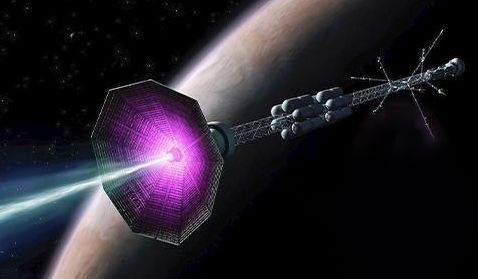
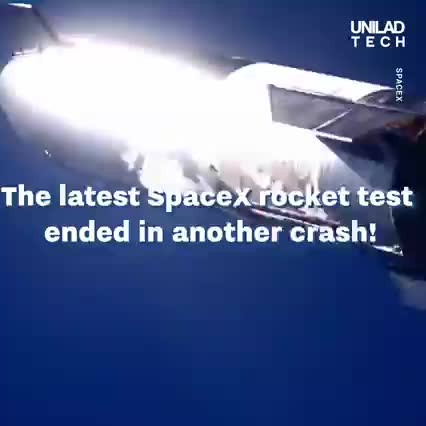
SpaceX launched a 16-story prototype of its Starship Mars rocket system 10 kilometers (6.2 miles) above Boca Chica, Texas on Tuesday.
After delays and a flap with the FAA, the Mars rocket prototype ran a vertical 10K on Tuesday.